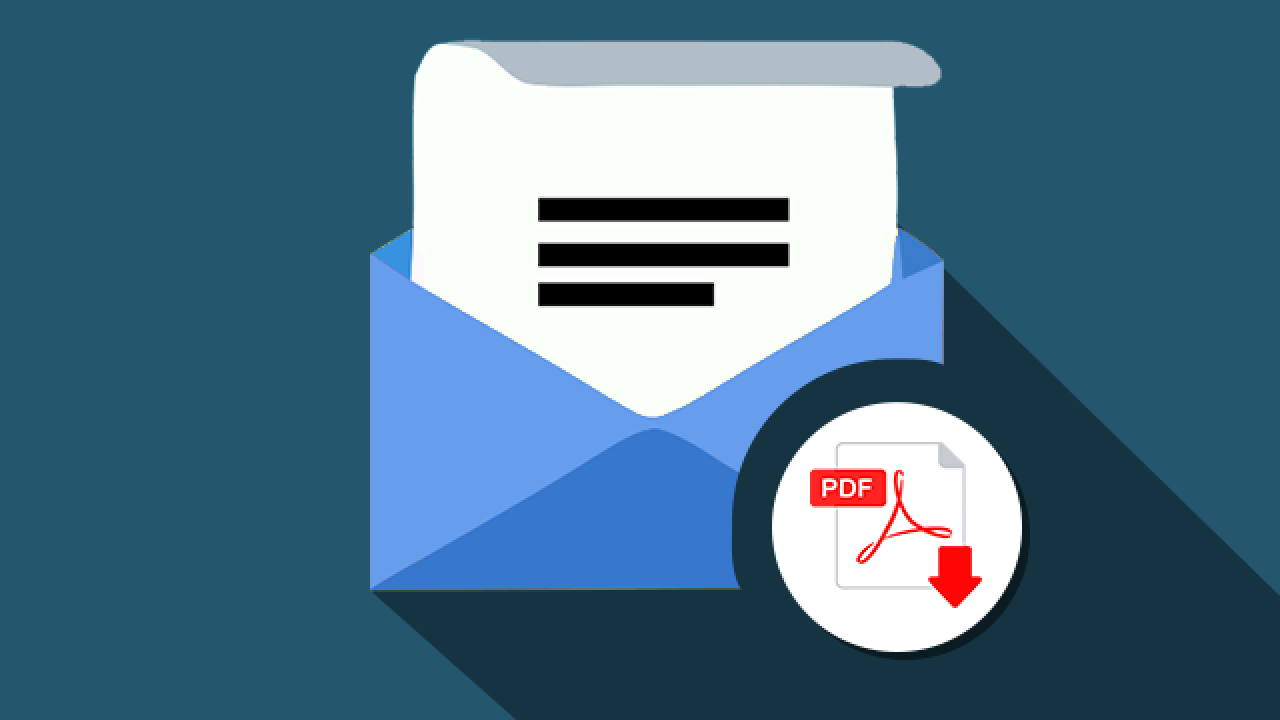In our digital age email is a vital component of communications, and Gmail is one of the most popular platforms. It can be challenging to manage and organize emails. The ability to save email as PDF is a fantastic option to share and archive important messages.
Why should emails be saved as PDF files?
We must first know why it’s crucial to save emails in PDF. Portable Document format, also known as PDF, is an universal format for files. It’s popular because it’s consistency and adaptability across all devices. By converting emails to PDF, you will create a snapshot of the content that retains its original formatting along with attachments and the overall structure. This not only ensures the security of vital information but also allows for easy sharing and reference.

How do you save an email as a PDF within Gmail
1. The email will be opened: Sign into your Gmail Account. Open the email you want to save as a PDF.
2. Click the Print Icon. The icon for printing is usually depicted by a printer. Click on it to display the print dialog box.
3. Select “Save as PDF” as the destination: In the print dialog box, choose “Save as PDF” from the list of printers that are available.
4. Adjust Settings (Optional): Before saving, you can adjust settings like layout, paper size, and orientation to suit your needs.
5. Click “Save”. Click the Save button. Select the destination folder and save the file as a PDF.
Your Ultimate Guide for Seamless Conversion
Once we’ve walked through the basics Let’s look at additional suggestions and ideas to enhance the experience of saving emails to PDF using Gmail. For more information, click Save Email to PDF
Make use of folders: Create dedicated folders for each category to maintain a systematic approach. As an example, you may have folders to organize work-related emails, personal correspondence, or specific projects. The saving of PDF files into the folders will make retrieval a breeze.
Gmail’s batch printing option lets you select multiple emails and print them simultaneously. This time-saving feature comes in handy when you have to archive conversations, or even entire threads of a project.
Naming Conventions: Design an univocal naming convention for your saved PDFs. Include information such as the sender’s name, subject or date in order to locate particular documents.
Think about password-protecting PDFs that include sensitive information for added security. This will ensure only those who are authorized can access the PDF, adding an additional layer of security.
Cloud Storage Integration: Find out how to connect your Gmail account into cloud storage services. You can then save your emails to Google Drive or other platforms as PDFs, allowing them to be accessed from anywhere.
The conclusion of the article is:
The ability to save Gmail emails as PDF is an important skill that can improve your ability to manage email. It doesn’t matter if you’re saving important messages as well as creating a reference collection, or sharing information with colleagues, converting emails into PDF can be an incredibly flexible solution.
It is important to remember that having mastered the process of the conversion of PDFs will simplify your workflow and increase efficiency. Use the power of the PDF format to effortlessly save sharing, re-read and refer to your email messages while you traverse the maze of email correspondence. Enjoy the ease of saving emails as PDF and unlock an entire new level of efficiency within your Gmail experience.